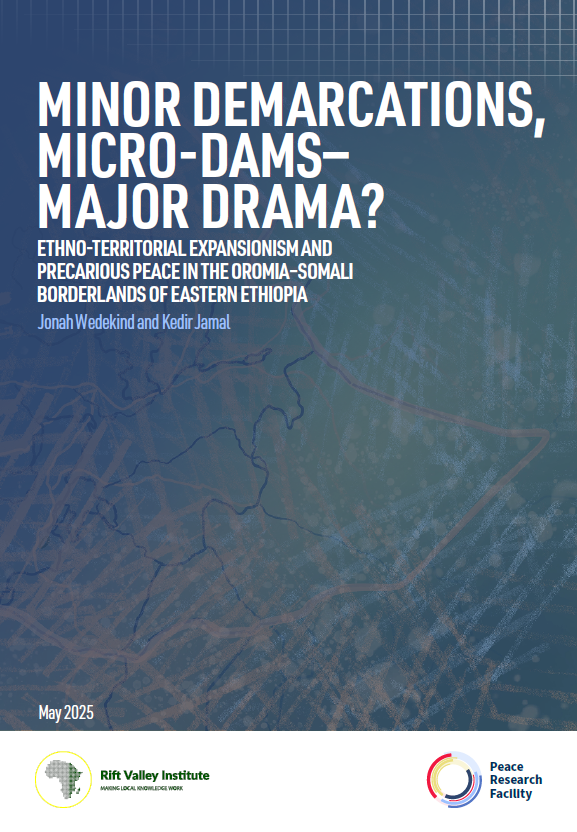This briefing was produced by the Ethiopia Peace Research Facility (PRF). The PRF is an independent facility combining timely analysis on peace and conflict from Ethiopian experts with support for conflict sensitive programming in the country. It is managed by the Rift Valley Institute and funded by the UK government.
This briefing paper considers key issues in the relationship between religious groups, politics and the state in Ethiopia. It provides a brief historical overview; considers the contemporary situation with a focus on the Ethiopian Orthodox Church, Islam, Protestantism and traditional religions; and examines inter-religious relations between the different groups.
The modern nation-state of Ethiopia as it emerged from the mid-nineteenth century onward has continuously wrestled with religious plurality and its political integration. In particular, the relationship between the Ethiopian Orthodox emperors and the Islamic areas under their domain gave rise to a complex history of subjection and recognition, which continues to inform Christian-Muslim relations. Moreover, the Empire’s expansion into the west and the south was accompanied by Protestant missions, which laid the foundations for a third main religious constituency to emerge.
Emperor Haile Selassie’s reign (1930–1974) was marked by the creation of a constitutional nation state, which, on the one hand, subjected the Orthodox church to the crown, and on the other, introduced the first legal provisions for the freedom of religious practice. These were mainly aimed at harnessing the development potential of foreign missions while Ethiopian Muslims and the emergent Pentecostal movement suffered continued alienation and repression.
A revolution toppled Haile Selassie in 1974 and soon gave way to the socialist dictatorship of the Derg. Though officially atheist, the Derg could not afford to ignore religions and pursued a dual policy of co-optation and heavy-handed repression. The Ethiopian Orthodox Church lost most of its political privileges and was forcibly aligned with the new regime, while Islam for the first time received official recognition and was co-opted via the newly founded Ethiopian Islamic Affairs Supreme Council (EIASC). Marginal Protestants and Pentecostals were fully repressed, while larger Protestant churches attained official recognition.
In 1991, the Derg was ousted by a coalition of rebel armies, which soon espoused a new constitutional settlement of ethno-regional federalism, governed by a coalition of ethnic parties, the Ethiopian People’s Revolutionary Democratic Front (EPRDF). Religious plurality fitted well with this new valorization of cultural and ethnic diversity, and the EPRDF became the first regime to actually implement the legal guarantees to freedom of religion. In practice, though, an unevenness remained because the government continued to intervene, in particular in Islamic affairs. Protestants seem to have benefited most from the liberal religious politics of the EPRDF era and began to rise through the political ranks.



